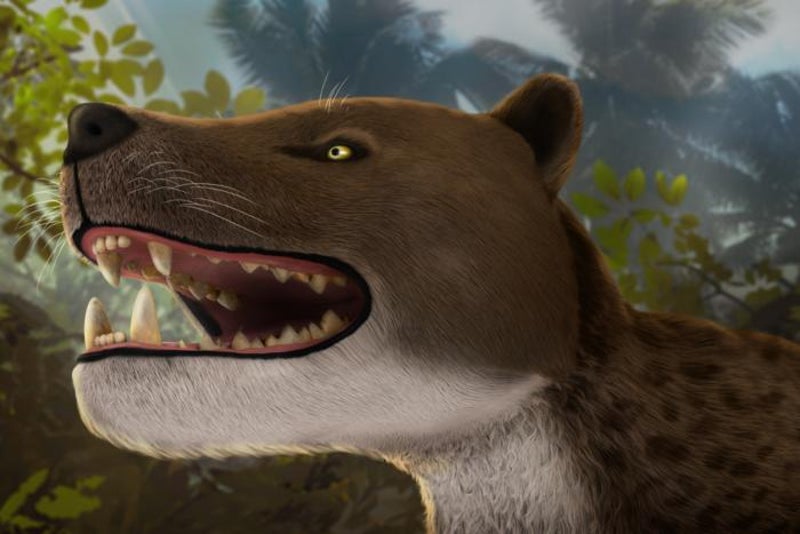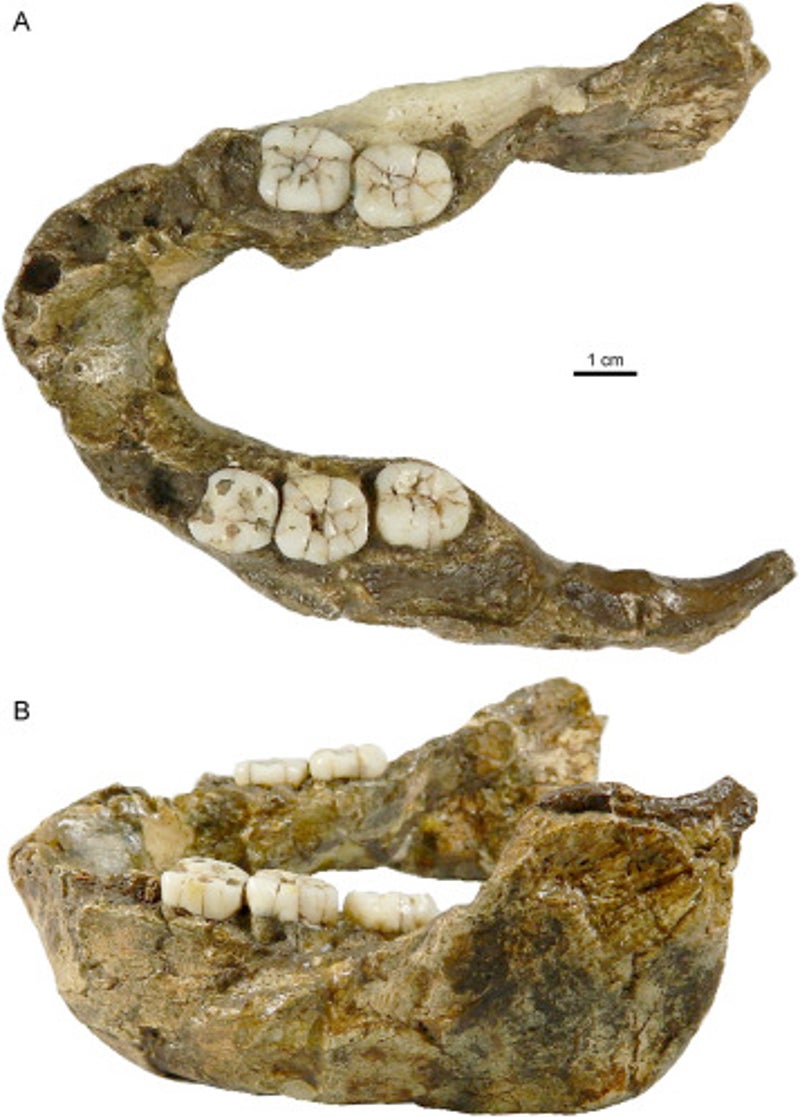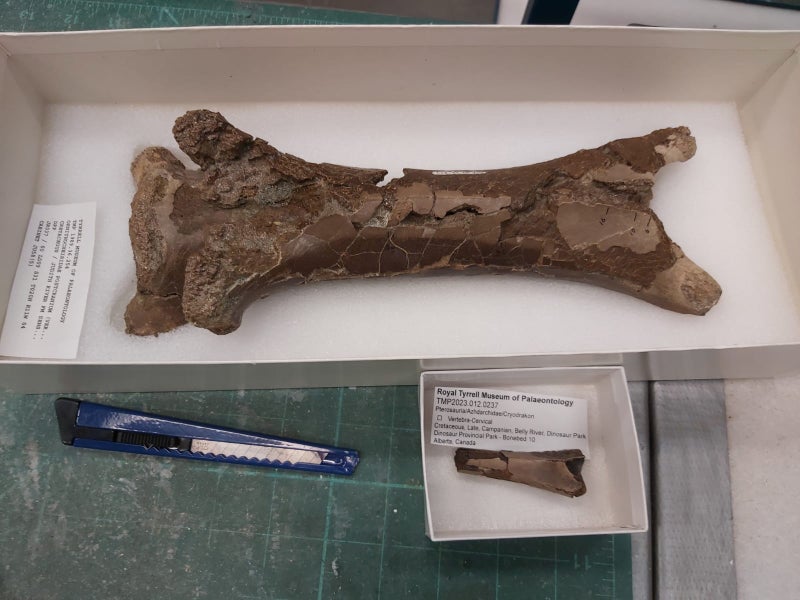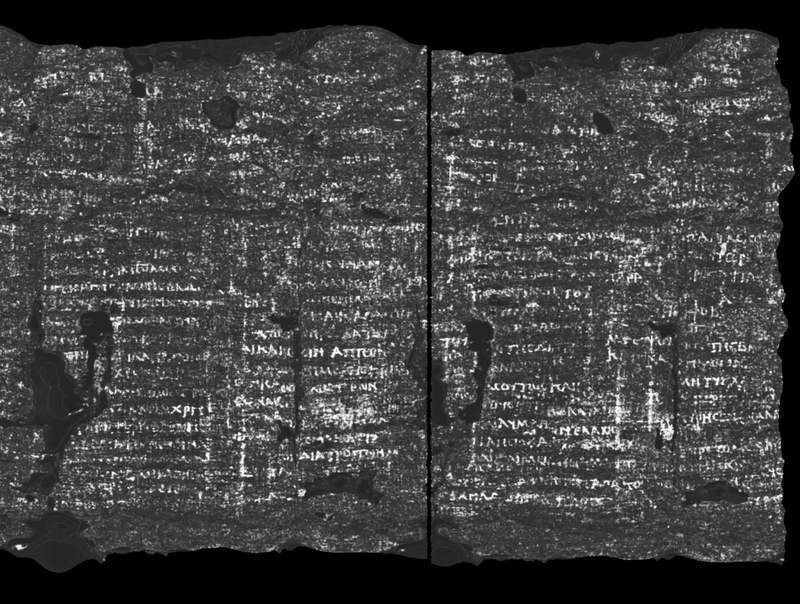The species, known as Bastetodon and named for an Egyptian goddess, had sharp teeth and an incredibly powerful grip. Scientists found the nearly complete skull of a new 30-million-year-old “top apex” predator. The “fearsome carnivore” is a new species of ancient Hyaenodonta: a deadly and agile mammal the size of a modern-day leopard. Known as a Bastetodon, the animal had sharp teeth and a powerful bite to rip into its prey, including the hyraxes, early elephants and hippos, and primates that lived in the former forest of Fayum.
![[Lead author Shorouq Al-Ashqar. The Bastetodon is named for the cat-headed Egyptian goddess Bastet. Bastet was the sister of Sekhmet, the namesake of the hyaenodont genus Sekhmetops]](https://static.independent.co.uk/2025/02/17/19/28/Low-Res_Shorouq-Al-Ashqar-the-lead-author-with-the-Bastetodon-syrtos-skull-and-a-Bastet-statue.jpeg)
Hyaenodonts hunted in African ecosystems after the extinction of the dinosaurs. Bastetodon was named for the cat-headed Egyptian goddess Bastet, who symbolized protection, pleasure, and good health. It was also an acknowledgment of its cat-like snout and the region where the skull was found. But, in addition to this remarkable finding, the researchers were able to understand more about a new species discovered more than 120 years ago.
![[Changes in climate and tectonics in Africa opened the continent to the relatives of cats and hyenas. Over time, carnivorous hyaenodonts become extinct]](https://static.independent.co.uk/2025/02/17/19/53/Low-Res_Prof--Sallam-the-senior-author-and-a-Sallam-Lab-team-member-during-the-discovery-expedition.jpeg)
The group Sekhmetops, lion-sized hyaenodonts also discovered in the rocks of the Fayum, had been placed within a European group. Sekhmetops was named to honor the lion-headed goddess of wrath and war. Now, researchers say it actually belonged to a group of hyaenodonts that originated in Africa, like Bastetodon. Relatives spread from Africa in waves and, by 18 million years ago, their relatives were among the largest mammalian meat-eaters to ever walk the planet.































